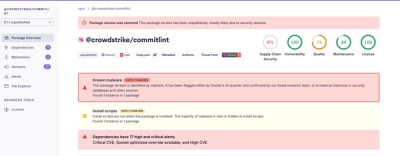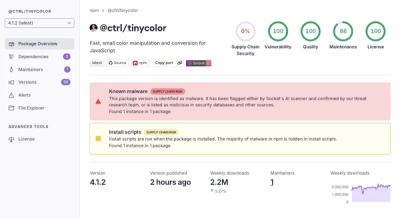tree-node-cli
Lists the contents of directories in a tree-like format, similar to the Linux tree command. Both CLI and Node APIs are provided.
Tree is a recursive directory listing program that produces a depth indented listing of files. When a directory argument is given, tree lists all the files and/or directories found in the given directory.
Note: Symlinks are not followed.
Installation
$ npm install tree-node-cli
$ npm install -g tree-node-cli
Example
$ tree -L 2 -I "node_modules"
tree-node-cli
├── LICENSE
├── README.md
├── __tests__
│ ├── __fixtures__
│ ├── __snapshots__
│ ├── fixtures
│ └── tree.test.js
├── bin
│ └── tree
├── jest.config.js
├── package.json
├── tree.js
└── yarn.lock
CLI
$ tree [options] [path/to/dir]
Note: Use the command treee on Windows and Linux to avoid conflicts with built-in tree command.
The following options are available:
$ tree -h
Usage: tree [options]
Options:
-V, --version output the version number
-a, --all-files All files, include hidden files, are printed.
--dirs-first List directories before files.
-d, --dirs-only List directories only.
-s, --sizes Show filesizes.
-I, --exclude [patterns] Exclude files that match the pattern. | separates alternate patterns. Wrap your entire pattern in double quotes. E.g. `"node_modules|coverage".
-L, --max-depth <n> Max display depth of the directory tree.
-r, --reverse Sort the output in reverse alphabetic order.
-F, --trailing-slash Append a '/' for directories.
-S, --line-ascii Turn on ASCII line graphics.
-h, --help output usage information
API
const tree = require('tree-node-cli');
const string = tree('path/to/dir', options);
options is a configuration object with the following fields:
allFiles | false | Boolean | All files are printed. By default, tree does not print hidden files (those beginning with a dot). |
dirsFirst | false | Boolean | List directories before files. |
dirsOnly | false | Boolean | List directories only. |
sizes | false | Boolean | Show filesizes as well. |
exclude | [] | Array | An array of regex to test each filename against. Matching files will be excluded and matching directories will not be traversed into. |
maxDepth | Number.POSITIVE_INFINITY | Number | Max display depth of the directory tree. |
reverse | false | Boolean | Sort the output in reverse alphabetic order. |
trailingSlash | false | Boolean | Appends a trailing slash behind directories. |
lineAscii | false | Boolean | Turn on ASCII line graphics. |
const string = tree('path/to/dir', {
allFiles: true,
exclude: [/node_modules/, /lcov/],
maxDepth: 4,
});
console.log(string);
License
MIT



